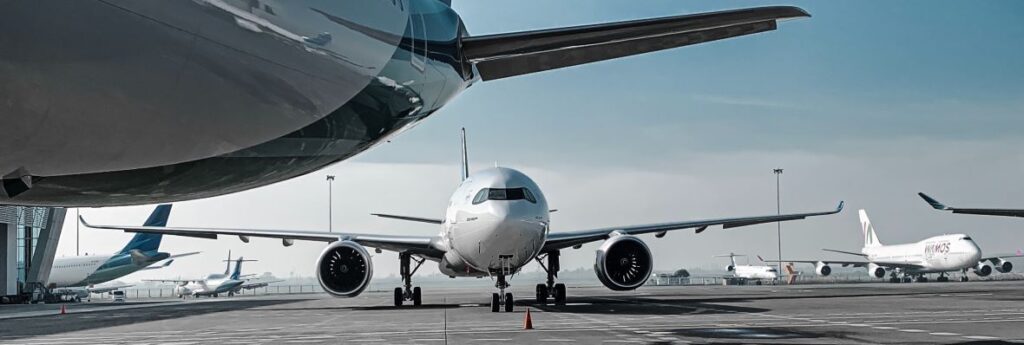The International Air Transport Association (IATA) announced that the post-COVID recovery momentum continued in June for passenger markets with total traffic (measured in revenue passenger kilometres or RPKs) rising 31.0% compared to June 2022. Globally, traffic is now at 94.2% of pre-COVID levels.
“The northern summer travel season got off to a strong start in June with double-digit demand growth and average load factors topping 84%. Planes are full, which is good news for airlines, local economies, and travel and tourism dependent jobs. All benefit from the industry’s ongoing recovery,” said Willie Walsh, IATA’s Director General.
For the first half of 2023, total traffic was up 47.2% compared to the year-ago period.
Domestic traffic for June rose 27.2% compared to the same month a year ago and was 5.1% above the June 2019 results. Domestic demand was up 33.3% in the 2023 first half compared to a year ago.
International traffic climbed 33.7% versus June 2022 with all markets showing robust growth. International RPKs reached 88.2% of June 2019 levels. First half 2023 international traffic was up 58.6% over the first half of 2022.
North American carriers saw traffic climb 23.3% in June 2023 versus the 2022 period. Capacity increased 19.5%, and load factor rose 2.7 percentage points to 90.2%, which was the highest among the regions.
“As strong as travel demand has been, arguably it could be even stronger,” Walsh cautioned. Demand is outrunning capacity growth. Well documented problems in the aviation supply chain mean that many airlines have not taken delivery of all the new, more environmentally friendly aircraft they had expected, while numerous aircraft are parked awaiting critical spare parts.
“And, for the fleet that is in service, some air navigation service providers (ANSPs) are failing to deliver the requisite capacity and resilience to meet travel demand. Delays and trimmed schedules are frustrating for both passengers and their airlines. Governments cannot continue to ignore the accountability of ANSPs in places where passenger rights regimes place the brunt of accountability on airlines.”

